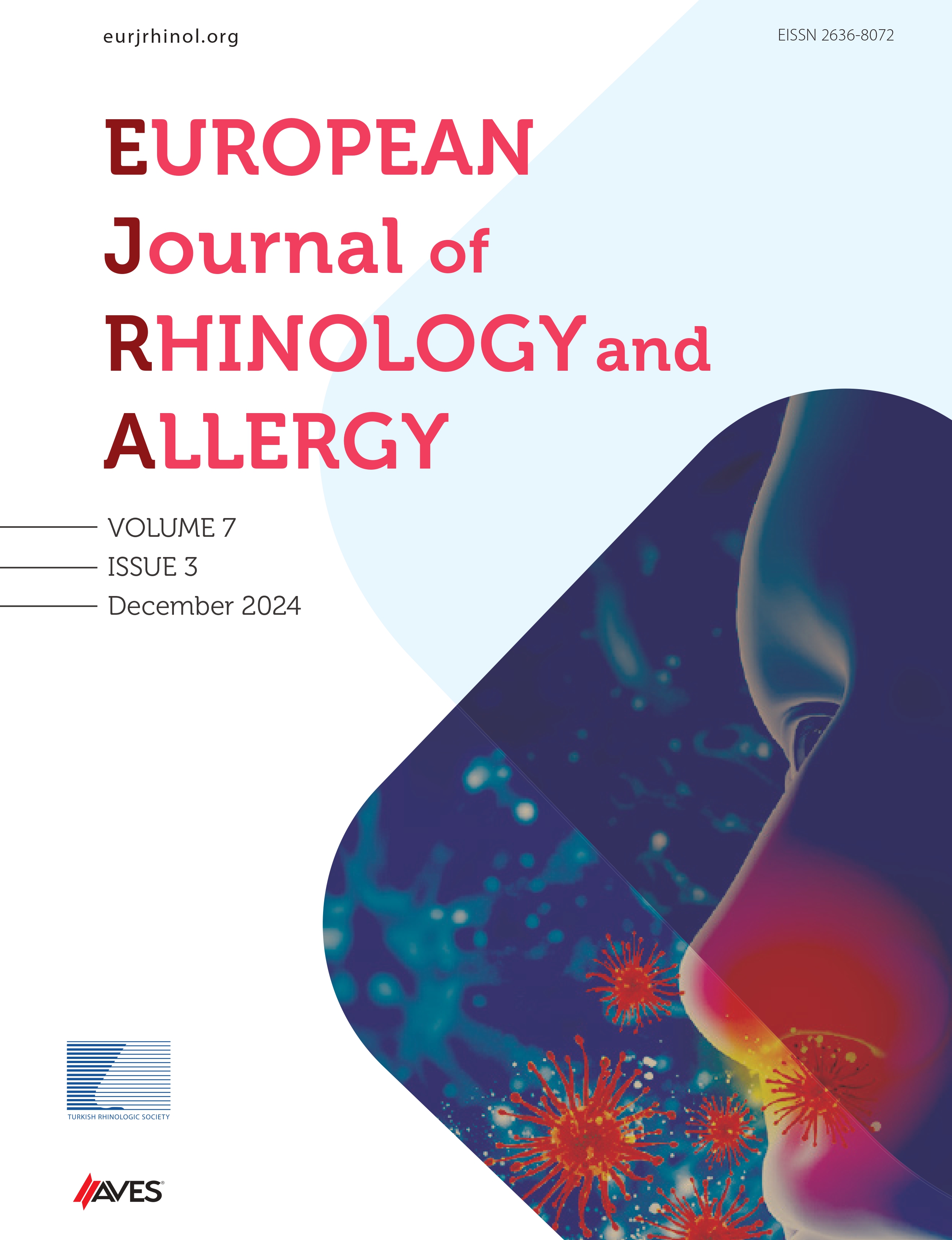Objective: This study aimed to discriminate group A β-hemolytic streptococcus (GABHS) and Epstein-Barr virus (EBV) that cause acute tonsillopharyngitis with a new index called the infection discrimination index (IDI).
Material and Methods: Based on the throat culture and viral capsid Ag Ig M results, 110 GABHS-positive children and 52 EBV-positive children were enrolled in the GABHS and EBV groups, respectively. Fifty children who had undergone a medical examination at the pediatric clinic comprised the control group. The IDI means of the three groups (GABHS, EBV, control) were subjected to a statistical comparison.
Results: The groups did not significantly differ in terms of sex and age (p: 0.453 and 0.662, respectively). The IDI means of the three groups were significantly different (p<0.001). Receiver operating characteristic (ROC) analysis was performed to calculate the sensitivity and specificity of IDI in the GABHS and EBV groups. The ROC analysis demonstrated a sensitivity of 68.2% and specificity of 92% for predicting GABHS infection. The sensitivity and specificity was 53.8% and 96%, respectively, for predicting EBV infection.
Conclusion: IDI calculated from the data of complete blood count can serve as a biomarker for discriminating between GABHS and EBV infections. We believe that the findings of this study would be particularly helpful for centers where throat culture and/or antibody tests cannot be performed. It is a rapid, practical, noninvasive, and cost-effective index.
Cite this article as: Kumbul YÇ, Yasan H, Sivrice ME, Akın V, Çetin H. New Index for the Discrimination of Acute Streptococcal Tonsillopharyngitis and Infectious Mononucleosis: Infection Discrimination Index. Eur J Rhinol Allergy 2020; 3(3): 64-8.

.png)

.png)